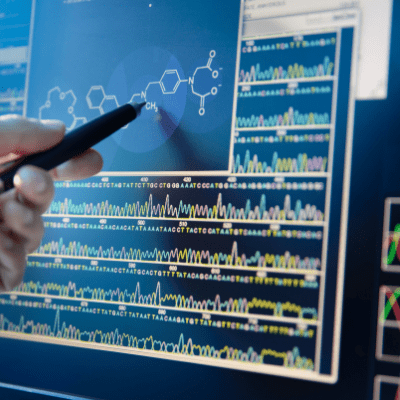Note: This program is available only to the members of our AI and Web3.0 Mastery Program. Apply now!
The purpose of this course is to introduce basic data science concepts to a non-technical audience. The course covers all the basics of statistics and machine learning, without getting into unnecessary depth.
This course is ideal for two categories of people:
- Those who want to get a better understanding of data science, without having the intention of becoming data scientists themselves.
- Those who are looking for a soft landing into the world of data science.
No coding is covered in this course, or is required.
There are three sub-courses, all of them described below.
Overview of statistics and machine learning
This lesson discusses statistics and machine learning, which are two disciplines that are integral to the field of AI.
Statistics is the branch of mathematics that deals with collecting and analyzing data in order to test hypotheses, make predictions, and solve problems. Machine learning is a subset of artificial intelligence that provides computers with the ability to learn from data without being explicitly programmed.
Machine learning is broken down into two broad categories: supervised and unsupervised learning. Supervised machine learning requires humans to input training sets for algorithms to learn from, while unsupervised machine learning uses algorithms as its own training sets.
Technical overview of data science
Data science is a vast field and mastering it takes years. However, understanding the fundamentals is much easier. In this lesson, we will cover the basics of data science, from a slightly technical perspective. While not everything might resonate with you, the fundamental concepts should be accessible and easy for you to apply in your work.
Aiding decision making through data science
The emergence of big data, analytics, and AI has transformed the way we make decisions. Data scientists are now able to use a variety of techniques to analyze data and extract insights that can be used for decision making.
With the help of AI, data science is now able to process more data at a faster speed than ever before. This helps us in making better decisions as it provides us with a more complete picture of the problem.
In this lesson we explore more on how data science can be used to improve decision making.
About the instructor

Dr Stylianos (Stelios) Kampakis is a data scientist with more than 10 years of experience. He has worked with decision makers from companies of all sizes: from startups and solo entrepreneurs (which in total have raised more than $50million in funding) to organisations like, the US Navy, Vodafone and British Land.
He is a member of the Royal Statistical Society, honorary research fellow at the UCL Centre for Blockchain Technologies, a mentor in Cambridge University’s Judge Business School, a data science advisor for London Business School and CEO of The Tesseract Academy. He is also the author of the Decision Maker’s Handbook to Data Science, a book that has defined the space of data science for executives.

























